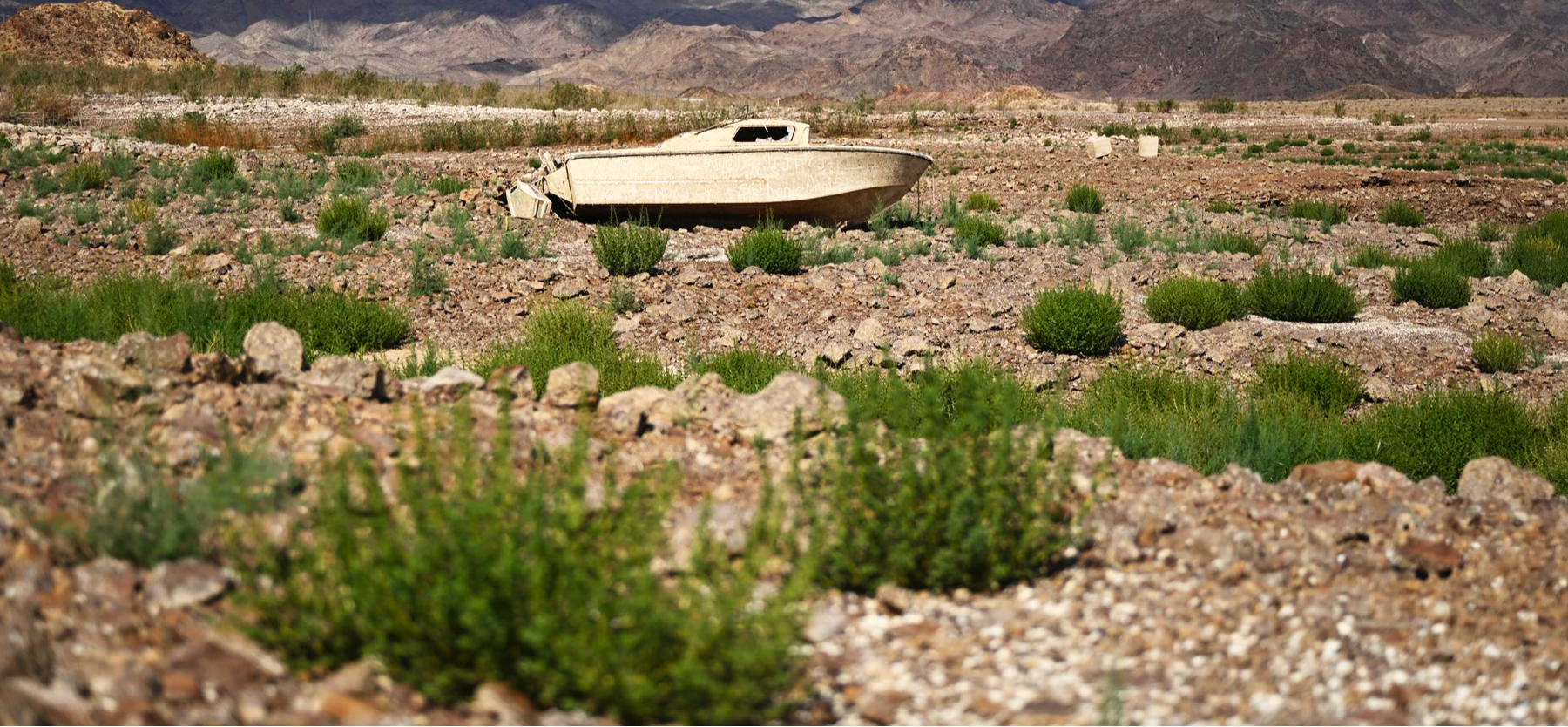A sunken boat that emerged on the shore at Lake Mead, near Boulder City, Nevada, last August after water levels dropped due to prolonged drought. Photo: RJ Sangosti/MediaNews Group/The Denver Post via Getty Images
Rebecca Falconer
Axios
More than half of the world’s largest lakes and reservoirs are losing water — and climate change and human consumption are the main drivers, a new large-scale study warns.
Why it matters: About one-quarter of the world’s population, or 2 billion people, lives in the basin of a drying lake, per the study published in the journal Science Thursday. Water insecurity is already an issue, with hundreds of millions of people around the world lacking reliable access to safe water.
The findings underscore an urgent need to incorporate climate change and sedimentation impacts into sustainable water resources management “to protect essential ecosystem services such as freshwater storage, food supply, waterbird habitat, cycling of pollutants and nutrients, and recreation,” according to an editor’s summary accompanying the study.
What they did: The team of international researchers looked at 250,000 lake-area satellite images taken from 1992 until 2020 to examine the area and water levels of 1,972 freshwater bodies.
What they found: 53% of lakes globally experienced a drop in water storage during that period — a water loss equivalent in volume to 17 Lake Meads, the largest reservoir in the U.S., according to the study.
“The net volume loss in natural lakes is largely attributable to climate warming, increasing evaporative demand, and human water consumption, whereas sedimentation dominates storage losses in reservoirs.”
Between the lines: Climate change is increasing the odds and severity of droughts, which tend to be hotter as the climate warms — increasing evaporation and worsening drought severity, per Axios’ Andrew Freedman.












